A renaissance in the arena of food preparation is about to emerge. It is an exciting and innovative art of combining essential oils with food. The art of distilling essential oils from plants began 6,000 years ago with the ancient Egyptians.
For those of you who are not quite sure what essential oils are let me give you a brief explanation. Essential oils are the chemical constituents found in aromatic plants (plants are chemical factories) that exist to protect the plant from invading organisms and microbes; to help it heal from wounds; to carry nutrients to the plant cells (as the blood of humans does); to attract certain insects and repel others and so on.
When plants are distilled (or cold-pressed in the case of citrus oils), the resulting essential oil is far more potent than when they are dried as herbs. Many physicians, especially in France, are treating patients with essential oils and getting excellent results without the side effects of orthodox medicine.
One such doctor and author is Daniel Penoel M.D. Dr Penoel also recommend using therapeutic-grade essential oils in food preparation as they purify the body, enhance the immune system and generate endorphins (mood-elevators). In U.S.A. Dr Phillip Minton claims that eating pure essential oils can improve circulation, oxygenation and protect against heart disease, dementia and cancer. Not to mention their taste is fantastic!
Essential oils can come from many different parts of the plants e.g. flowers, blossoms, fruit (skins), seeds, stems, leaves, roots, bark. Their tastes encompass tangy (citrus such as lemon, orange, tangerine, grapefruit, mandarin, lime) spicy (cinnamon, clove, nutmeg, ginger, black pepper, cardamom, cumin) floral (geranium, rose, lavender) herbaceous (oregano, basil, dill, rosemary, sage, tarragon, savory) and minty (peppermint, spearmint) to name just a few. Because they are so concentrated only tiny amounts (a drop or two) are required.
Unlike fatty oils such as olive oil, flax oil, sesame oil, avocado oil, soybean oil etc. essential oils contain no glycerol molecules that give a characteristic slippery texture and leave a greasy residue. Fatty oils and essential oils are different.
Distilled essential oils contain no fat whereas fatty oils are 100% fat. Instead, as we discussed above, essential oils are composed of hundreds of different molecules that are antiviral, antibacterial, antifungal, antiseptic and immune-stimulating. Since this is such a new field, many readers may be wondering whether or not ingesting essential oils is safe. Some oils have toxic components e.g. nutmeg oil contains myristicin and elemicin which are psychotropic.
However, taken in moderate amounts (a few drops per person) there is no toxic effect. In fact, the LD50 (lethal dose for half the population) for an average adult would be 100mL nutmeg oil. For flavoring purposes, no-one in their right mind would use so much! Also, nutmeg oil is safer than whole nutmeg because the most toxic components in nutmeg are non-volatile. In the process of distillation, most of these components are evaporated off.
Even though there have been cases of narcosis and collapse with just one whole nutmeg, people universally use nutmeg as a food seasoning. Other oils contain toxic compounds (e.g. parsley, cinnamon, clove, basil, anise, fennel and tarragon oils) but used in moderation are safe.
Commonly used cooking ingredients similarly hold potential for harm when administered in high dosages e.g. table salt. But it would be an overreaction to say that salt should not be used in food. Can these toxic compounds accumulate in the body?
The majority of oil molecules are terpines and terpenoids which are multiples of five carbon fragments. Since the body can only use food that can be broken down into two-carbon fragments, oils must be excreted by the body. Since they are not water-soluble, they are made more water-soluble by various enzymes found in the liver. From there they are excreted by the kidney via urine.
However, if an essential oil component is introduced to the body at a faster rate than the liver can convert it into a water-soluble form, liver toxicity can result. This could happen even if the mode of entry were not ingestion. (There have been reported cases of serious liver damage resulting from excessive skin application of eucalyptus oil). Again moderation is the key.
Some oils can be irritating if used directly on mucous membranes (cinnamon, lemongrass
) but mixed evenly with food will pose no problem. Using cheap, adulterated oils is not recommended. I cannot overstress the importance of procuring only the highest grade essential oil with no toxic, synthetic chemicals, SD40 alcohol, propylene glycol (carcinogenic).
How can you be sure? Contact the company and ask for GCMS (gas chromotography mass spectrometry) analysis. Avoid oils extracted with carbon dioxide, solvents or fabricated in a lab ("nature identical" oils). If possible, oils should be organic (especially citrus oils since citrus fruit may be sprayed with pesticides) and distilled at low temperatures with low pressure so that the oil is not fractured or burned and so that all the chemical consituents are extracted, giving a full-bodied, authentic taste.
When using essential oils in food preparation it is better to stir them in at the end or when food has cooled because heat evaporates oils. Some oils, however are too strong and it is better to simmer them a little (e.g. oregano, rosemary, basil).
Another interesting consideration is that using essential oils in your kitchen can actually save money. Instead of buying a whole lemon, orange or bouquet of fresh herbs, a single drop of essential oil will yield as much flavor. Kept in a cool, dark place essential oils should last many years. (The oils found in the tomb of King Tutenkhamen were in immaculate condition even after thousands of years.) If you are still skeptical consider this: you are already eating essential oils.
Every time you chew gum, eat confectionary, chocolates and even brush your teeth, essential oils were the flavoring agent. Every time you eat dishes simmered with dried or fresh oregano, basil etc. the characteristic flavor from the essential oil contained in the plant lingers on. So don't be afraid - jump in with abandon. A whole new gustatory experience awaits you.

About the contributor of this blog: Menkit Prince is a pioneer in the art of combining essential oils with food. Born in Australia in 1951, she has been involved in aromatherapy since 1993 and taught classes in California where she lived for 8 years. She has written two recipe books using essential oils as flavouring, both of which are plant-based and gluten-free. Currently, she lives in the mountains of Northern NSW with her cat Cicero. She can be contacted at on (02)56301010 or email
earthlove@essentialoilcookbook.com.
The website for her books can be viewed at www.essentialoilcookbook.com and www.aromaticallyraw.com.

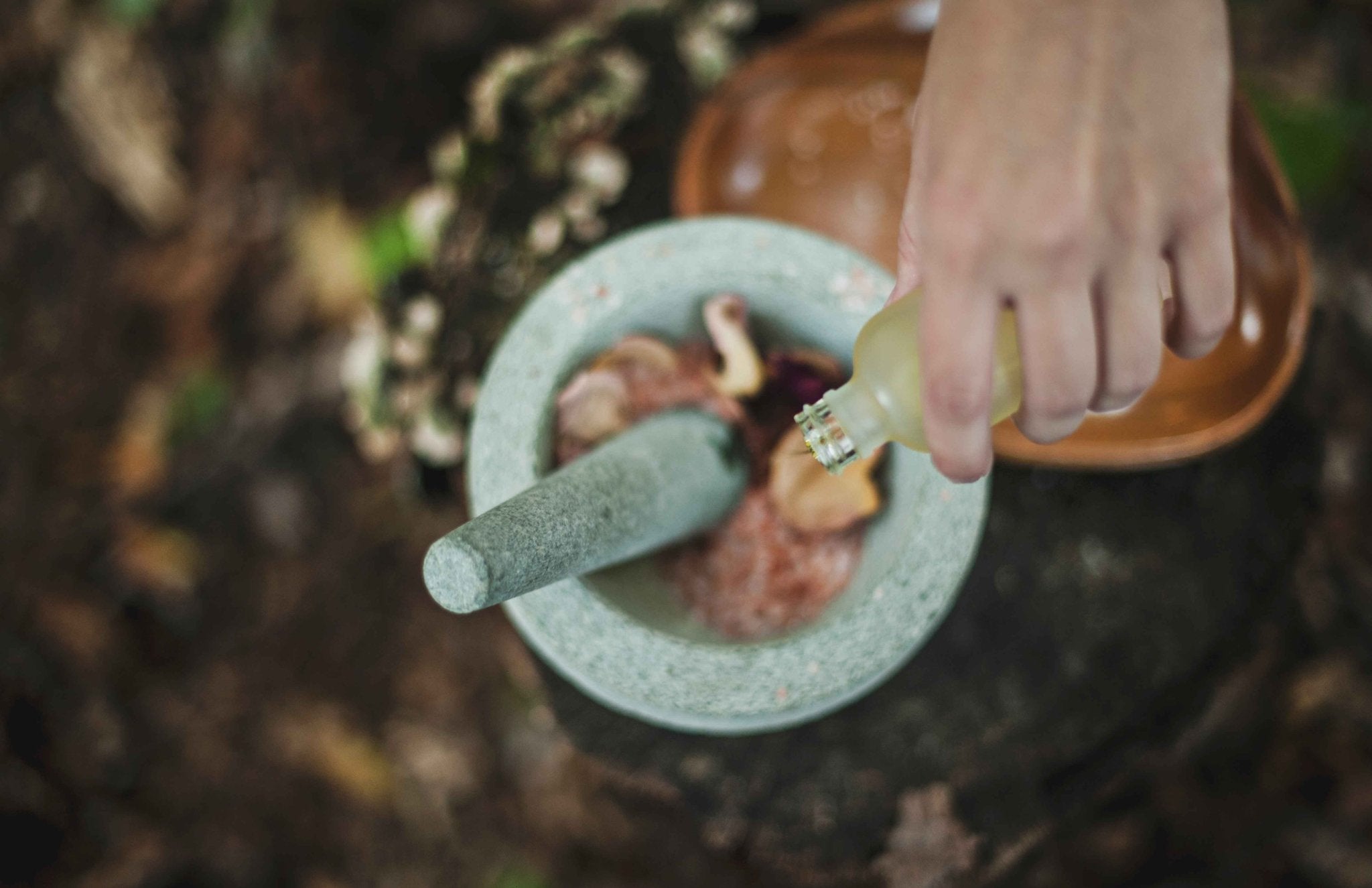
 About the contributor of this blog: Menkit Prince is a pioneer in the art of combining essential oils with food. Born in Australia in 1951, she has been involved in aromatherapy since 1993 and taught classes in California where she lived for 8 years. She has written two recipe books using essential oils as flavouring, both of which are plant-based and gluten-free. Currently, she lives in the mountains of Northern NSW with her cat Cicero. She can be contacted at on (02)56301010 or email earthlove@essentialoilcookbook.com.
About the contributor of this blog: Menkit Prince is a pioneer in the art of combining essential oils with food. Born in Australia in 1951, she has been involved in aromatherapy since 1993 and taught classes in California where she lived for 8 years. She has written two recipe books using essential oils as flavouring, both of which are plant-based and gluten-free. Currently, she lives in the mountains of Northern NSW with her cat Cicero. She can be contacted at on (02)56301010 or email earthlove@essentialoilcookbook.com. 


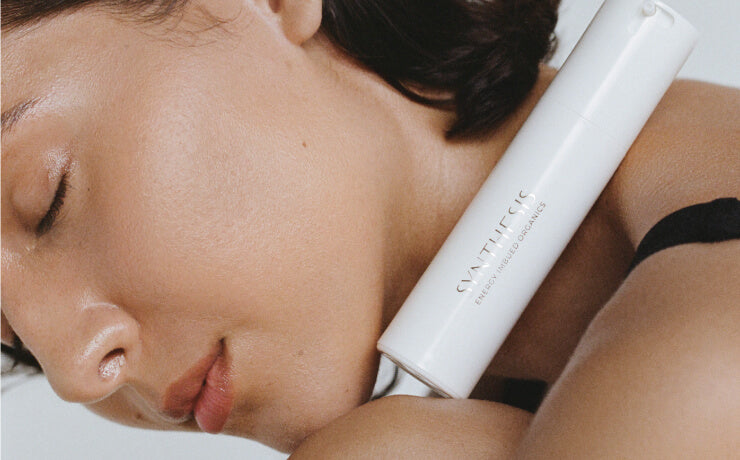

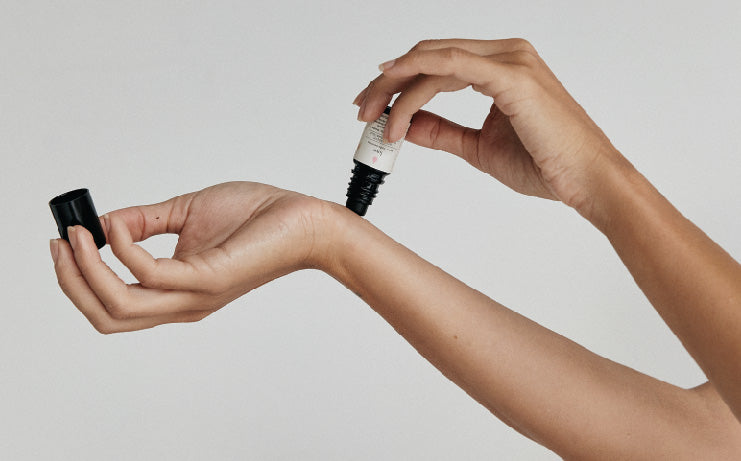
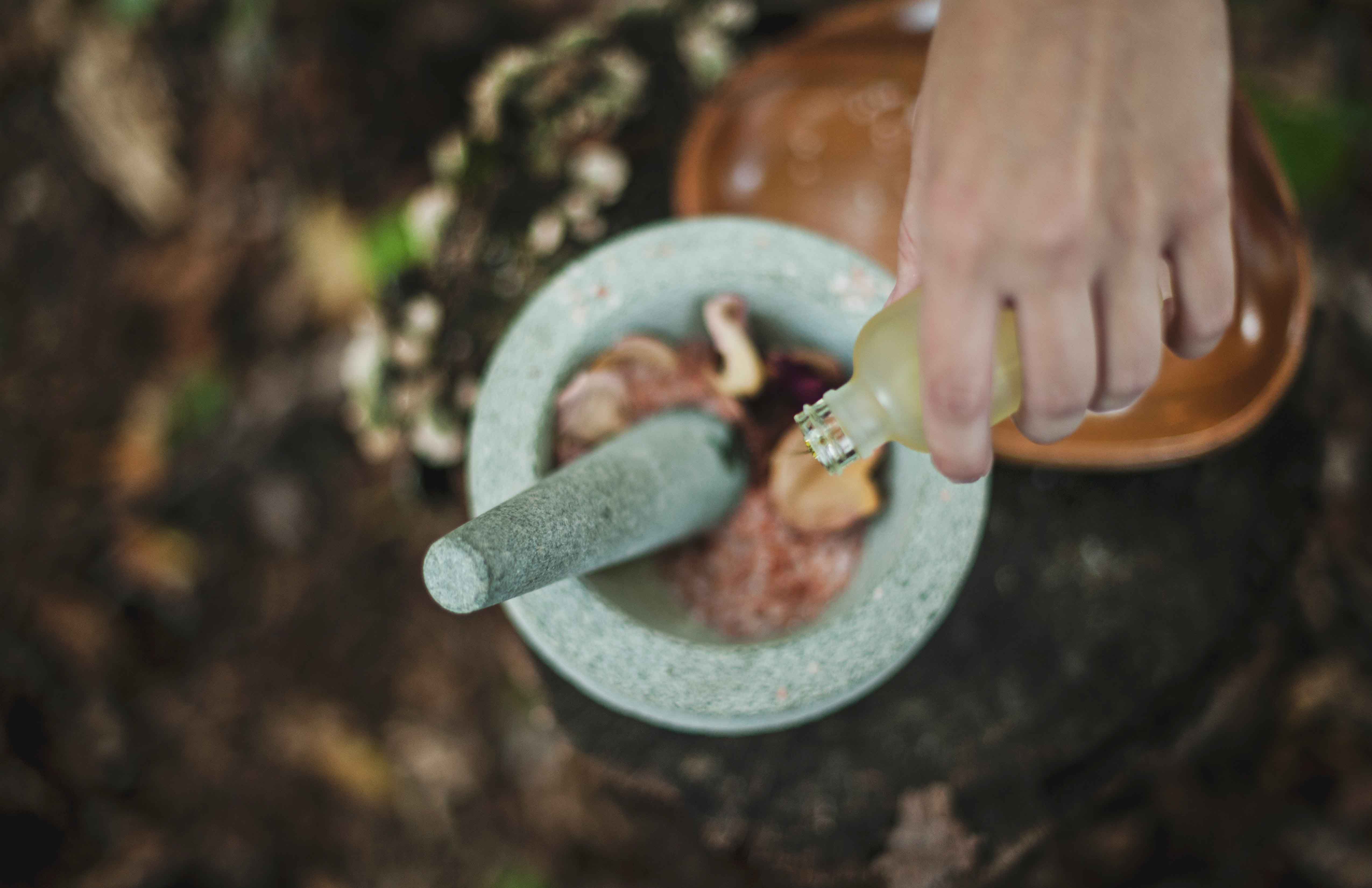

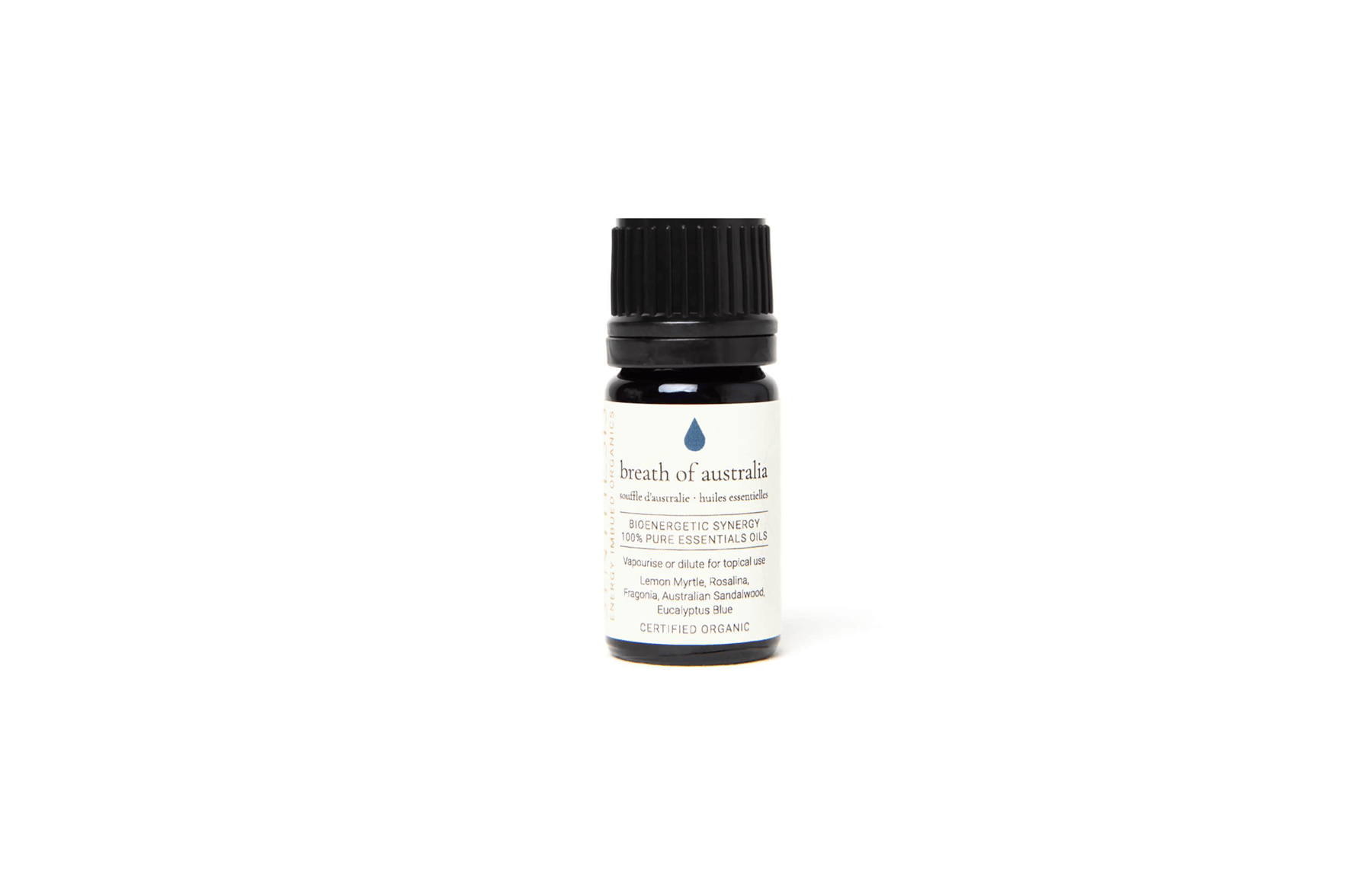
Leave a comment
This site is protected by hCaptcha and the hCaptcha Privacy Policy and Terms of Service apply.